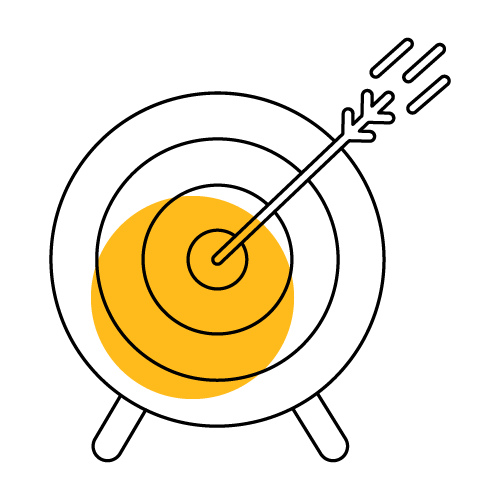TEA-Occ
Measure levels of attention and uncover a vital requirement for safety critical roles
Assess Attention Skills Essential for Safety Critical Roles
TEA-Occ is based on the Test of Everyday Attention (TEA), it provides an assessment that is sensitive to selective attention, sustained attention and attentional switching – vital skills for safety critical workers such as train drivers. Our assessment is relevant to a wide range of occupational groups, including train drivers, rail signalers, bus and coach drivers, heavy goods and machinery operators, and road and construction workers.

Use
Recruitment, Pre-Hire
Format
30 minutes
55 items + 2 practice questions
Untimed

Languages
UK English
Why Use TEA-Occ Test?
Make Informed Decisions
Tea-Occ studies have been conducted on the validity, reliability and fairness of the test, giving you confidence in your test results.
Comprehensive and reliable assessment
TEA-Occ provides a broad-based measure of the most important theoretical aspects of attention. Areas assessed provide coverage of the independent attentional systems that serve different functions related to everyday behavior.
Reduce Recruitment Costs
Engage the interest of the participant by using relatively familiar everyday materials, TEA-Occ is designed to augment the real-life relevance of the test.

What Does TEA-Occ Measure?
Our assessment measure Selective Attention, Sustained Attention and Attentional Switching, via the following subtests:
Lift Counting With Distraction: Respondents are asked to imagine that they are in a lift in which the floor indicator is not functioning. They must establish which ‘floor’ they have arrived at by counting a series of low tones presented on audio. Distraction is provided by also presenting high tones, which respondents have to ignore. This test has been designed as a test of auditory selective attention.
Telephone Search: Respondents must look for key symbols while searching through pages in a simulated telephone directory containing a list of plumbers.
Telephone Search While Counting: Respondents must again search in a telephone directory containing a list of restaurants while simultaneously counting strings of tones presented on audio.

A Fulfilling Training Experience
Completion of the BPS Test User: Occupational Ability Remote Training (Level A) verified course provides an industry standard qualification and enables use of TEA-Occ. TEA-Occ training is a 1hour online training course or an in-house group session (max 12 delegates).